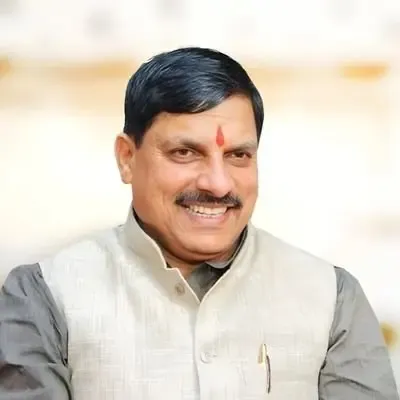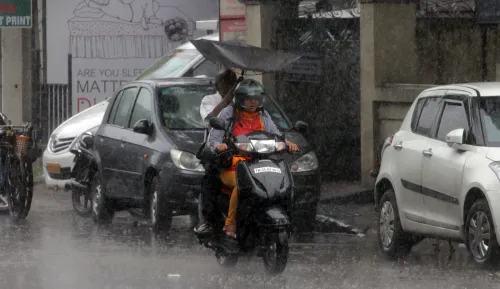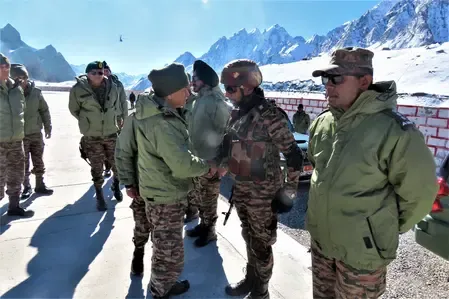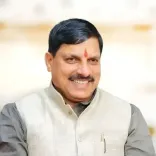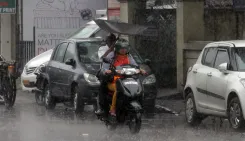What Does the Second Edition of India's National Essential Diagnostics List Mean for Public Health?
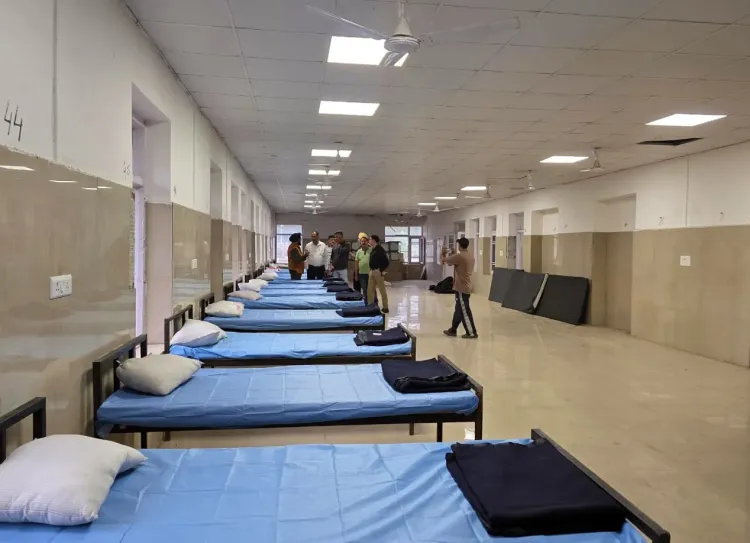
Synopsis
Key Takeaways
- Updated NEDL enhances diagnostic accessibility.
- Six essential tests are mandated at village levels.
- Inclusion of Rapid Diagnostic Tests (RDTs) improves healthcare.
- Public feedback has shaped the new diagnostic recommendations.
- Strengthening of healthcare infrastructure is a national priority.
New Delhi, July 17 (NationPress) India has unveiled the second edition of the National Essential Diagnostics List (NEDL), aiming to enhance the nation’s public health framework, as stated by the Indian Medical Research Council on Thursday.
This updated NEDL outlines the minimum set of diagnostic tests essential for various tiers of public healthcare, developed in partnership with the National Health Systems Resource Centre (NHSRC).
“The NEDL is expected to significantly improve access to safe, effective, and affordable quality diagnostics. By lowering direct healthcare expenses and out-of-pocket costs, it will facilitate enhanced patient care and strengthen India's healthcare system,” commented Rajiv Bahl, Director General of ICMR.
The list outlines recommendations for indispensable diagnostic tests across all healthcare levels, extending from village facilities to district hospitals.
It incorporates six essential tests at the village level, 15 tests at Ayushman Arogya Mandirs (Sub-Centres), 69 tests at Primary Health Centres (PHCs), 97 tests at Community Health Centres (CHCs), and 165 tests at Sub-District and District Hospitals (SDHs/DHs), explained senior scientist Dr. Kamini Walia from ICMR's Division of Descriptive Research.
“This updated edition signifies a major advancement with the inclusion of Rapid Diagnostic Tests (RDTs) at Ayushman Arogya Mandir, Sub-centres, and PHCs,” added Dr. Sonam Vijay, Scientific Consultant at ICMR, in a LinkedIn post.
The revised NEDL builds on the original list and follows public feedback gathered earlier this year by ICMR.
“This list is released six years after the first NEDL in 2018, demonstrating the nation’s commitment to enhancing healthcare delivery and adapting to changing public health requirements,” Walia noted.
The World Health Organisation (WHO) introduced its Model List of Essential In Vitro Diagnostics (EDL) in 2018, after which India became the first country to publish the NEDL in 2019, marking a significant effort to address diagnostic deficiencies at the primary healthcare level.
Scientists highlighted that the government has made substantial progress in enhancing diagnostic infrastructure, particularly through the establishment of Integrated Public Health Laboratories (IPHLs) and regular updates to Indian Public Health Standards (IPHS).
“A significant highlight of this edition is that many diagnostic tests, previously categorized as hub and spoke, can now be conducted directly at PHCs, eliminating the necessity to transport samples to distant locations,” Walia stated.
“This positive transformation will allow health centres to be more self-reliant in diagnosing and treating various conditions locally, thereby improving both the speed and quality of care,” the senior scientist added.
Notably, the updated list recommends the inclusion of RDTs for syphilis, sickle cell disease, and Hepatitis B at Ayushman Arogya Mandir sub-centres and PHCs.
This will facilitate early detection and timely treatment for a broader range of diseases in rural areas, Walia concluded.


